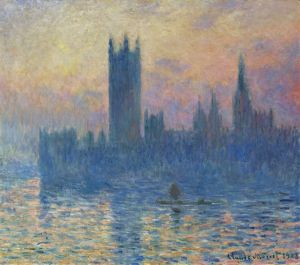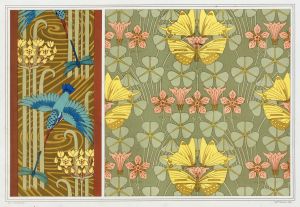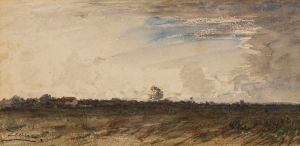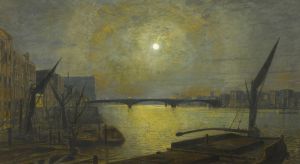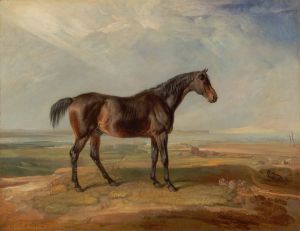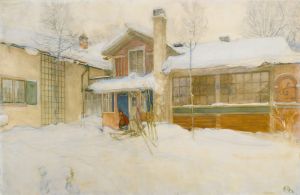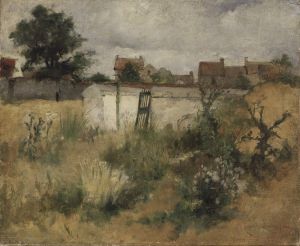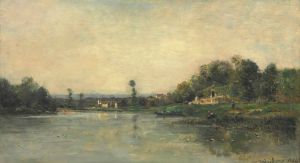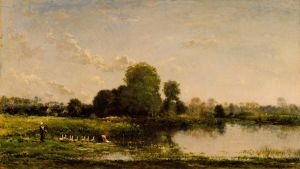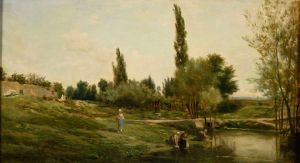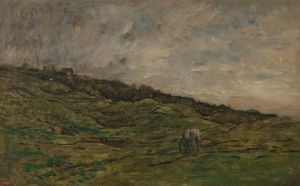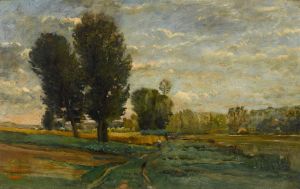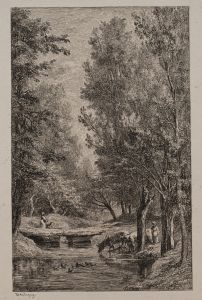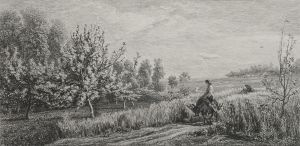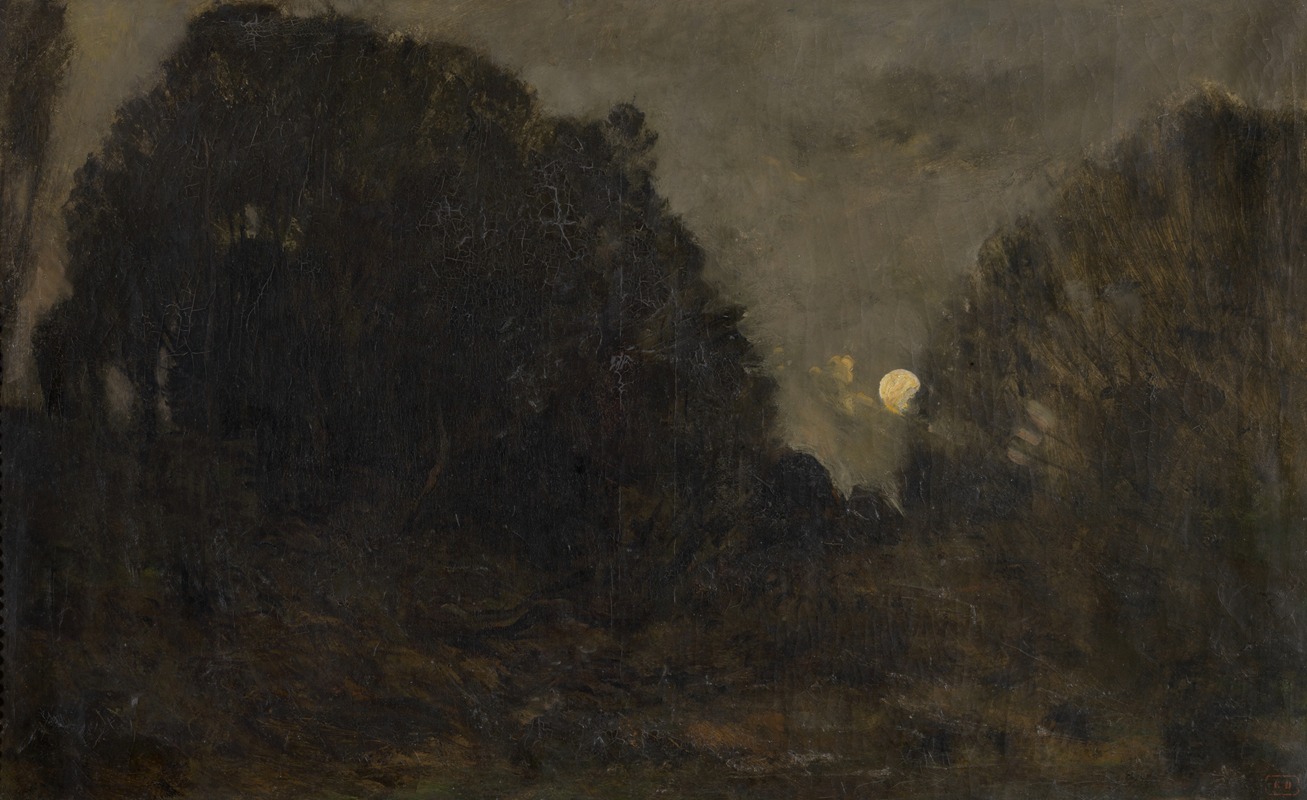
Rising moon in Barbizon
A hand-painted replica of Charles François Daubigny’s masterpiece Rising moon in Barbizon, meticulously crafted by professional artists to capture the true essence of the original. Each piece is created with museum-quality canvas and rare mineral pigments, carefully painted by experienced artists with delicate brushstrokes and rich, layered colors to perfectly recreate the texture of the original artwork. Unlike machine-printed reproductions, this hand-painted version brings the painting to life, infused with the artist’s emotions and skill in every stroke. Whether for personal collection or home decoration, it instantly elevates the artistic atmosphere of any space.
Charles François Daubigny, a prominent French landscape painter of the 19th century, is widely regarded as one of the key precursors to the Impressionist movement. His painting Rising Moon in Barbizon exemplifies his mastery of atmospheric effects and his dedication to capturing the natural world with authenticity and sensitivity. While specific details about the creation of this particular work are limited, it is consistent with Daubigny’s broader artistic approach and his connection to the Barbizon School.
The Barbizon School was a group of painters active in the mid-19th century who sought to move away from the formalism of academic art and instead focus on naturalistic depictions of rural landscapes. The village of Barbizon, located near the Forest of Fontainebleau in France, became a hub for these artists, including Daubigny, Jean-Baptiste-Camille Corot, and Théodore Rousseau. They often worked en plein air (outdoors), which allowed them to study light, atmosphere, and the changing moods of nature directly.
Rising Moon in Barbizon reflects Daubigny’s interest in capturing transitional moments in the landscape, such as dusk or dawn. The painting likely depicts a serene evening scene, with the moon rising over the countryside near Barbizon. Daubigny was known for his ability to convey the subtle interplay of light and shadow, and this work would have showcased his skill in rendering the soft, diffused light of twilight. His use of a muted color palette and loose, expressive brushwork creates a sense of immediacy and intimacy, inviting viewers to experience the tranquility of the scene.
Daubigny’s innovative techniques and his focus on naturalism had a significant influence on the Impressionists, including Claude Monet and Camille Pissarro. His willingness to experiment with composition and light paved the way for the Impressionist movement, which would emerge in the latter half of the 19th century. While Daubigny’s work remained rooted in the traditions of the Barbizon School, his forward-thinking approach to landscape painting helped bridge the gap between Romanticism and Impressionism.
Today, Rising Moon in Barbizon is recognized as an important example of Daubigny’s contribution to 19th-century landscape painting. It serves as a testament to his ability to capture the quiet beauty of the natural world and his role in shaping the evolution of modern art.





